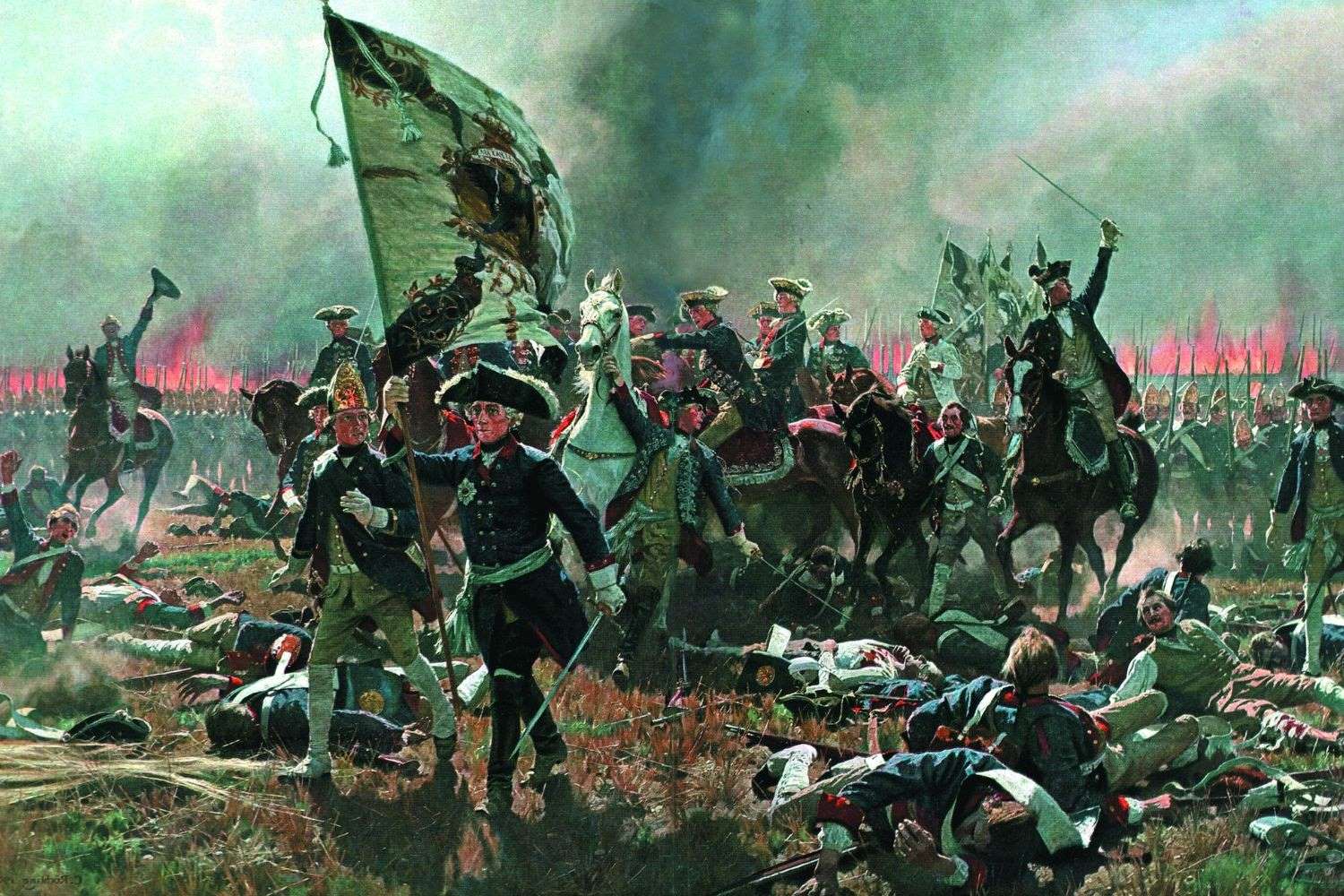
Dohna Feud is a historical conflict that took place in the 14th century, involving the noble families of Dohna and their rivals. This feud, marked by intense battles and political maneuvers, shaped the landscape of medieval Europe. Why did the Dohna Feud start? The feud began due to territorial disputes and power struggles between the noble houses. These conflicts were not uncommon during that era, as families vied for control over lands and influence. Understanding the Dohna Feud provides insight into the complexities of medieval politics and the lengths to which noble families would go to protect their interests. Here are 25 intriguing facts about this significant historical event.
Key Takeaways:
- The Dohna Feud was a medieval conflict between noble families and a city, sparked by land and power disputes in Bohemia, now part of the Czech Republic.
- The feud weakened the Dohna family, strengthened the city of Zittau, and shaped the region's politics and culture for years to come.
25 Facts about Dohna Feud
The Dohna Feud is a fascinating chapter in European history, filled with intrigue, power struggles, and dramatic events. Let's dive into some captivating facts about this historical conflict.
Origins of the Dohna Feud
Understanding where it all began helps set the stage for the events that followed.
- The Dohna Feud started in the late 14th century in the region of Bohemia, now part of the Czech Republic.
- It was primarily a conflict between the noble families of Dohna and the city of Zittau.
- The feud was sparked by disputes over land and power, common sources of conflict in medieval Europe.
- The Dohna family was one of the most influential noble families in Bohemia at the time.
Key Figures in the Dohna Feud
Several notable individuals played crucial roles in the feud, shaping its course and outcome.
- Burgrave Jeschke of Dohna was a central figure in the early stages of the feud.
- The city of Zittau was represented by its council and leading citizens, who opposed the Dohna family.
- Emperor Charles IV of the Holy Roman Empire intervened in the feud, attempting to mediate between the parties.
- The feud also involved other noble families and regional powers, who took sides based on their interests.
Major Events of the Dohna Feud
The feud saw numerous significant events that escalated the conflict and drew in more participants.
- In 1390, the city of Zittau captured and imprisoned Burgrave Jeschke of Dohna, intensifying the conflict.
- The Dohna family retaliated by attacking Zittau's territories, leading to widespread violence.
- Emperor Charles IV issued several decrees in an attempt to resolve the feud, but his efforts were largely unsuccessful.
- The conflict saw several battles and skirmishes, with both sides suffering heavy losses.
Impact on the Region
The Dohna Feud had lasting effects on the region, influencing its political and social landscape.
- The feud weakened the power of the Dohna family, diminishing their influence in Bohemia.
- Zittau emerged from the conflict as a stronger and more independent city.
- The feud contributed to the fragmentation of power in the region, as smaller noble families gained more autonomy.
- The conflict also had economic repercussions, disrupting trade and agriculture in the affected areas.
Resolution and Aftermath
The feud eventually came to an end, but its legacy continued to shape the region for years to come.
- The Dohna Feud officially ended in the early 15th century, though smaller conflicts persisted for some time.
- A series of treaties and agreements were signed to resolve the disputes and restore peace.
- The Dohna family retained some of their lands but lost significant political power.
- Zittau continued to grow and prosper, becoming an important center of trade and culture.
Cultural and Historical Significance
The Dohna Feud remains an important part of European history, offering valuable insights into the medieval period.
- The feud is often studied as an example of the complex power dynamics in medieval Europe.
- It highlights the role of noble families and cities in shaping regional politics.
- The conflict is also a reminder of the challenges of mediating disputes in a fragmented political landscape.
- The Dohna Feud has been the subject of numerous historical studies, books, and articles, reflecting its enduring significance.
- Today, the legacy of the Dohna Feud can still be seen in the historical sites and cultural heritage of the region.
Final Thoughts on Dohna Feud
The Dohna Feud stands out as a fascinating chapter in history. It wasn't just a simple conflict but a complex web of power struggles, alliances, and betrayals. This feud, involving the Dohna family and the Teutonic Knights, shaped the political landscape of the time. The Dohna Castle, a central point in this saga, witnessed many significant events. Understanding these historical facts gives us a glimpse into the medieval period's intricacies.
Learning about the Dohna Feud also highlights the importance of historical conflicts in shaping modern borders and societies. It reminds us that history isn't just about dates and events but about the people and their stories. So, next time you come across a historical feud, remember the Dohna Feud and its impact. History is full of lessons waiting to be discovered.
Frequently Asked Questions
Was this page helpful?
Our commitment to delivering trustworthy and engaging content is at the heart of what we do. Each fact on our site is contributed by real users like you, bringing a wealth of diverse insights and information. To ensure the highest standards of accuracy and reliability, our dedicated editors meticulously review each submission. This process guarantees that the facts we share are not only fascinating but also credible. Trust in our commitment to quality and authenticity as you explore and learn with us.
